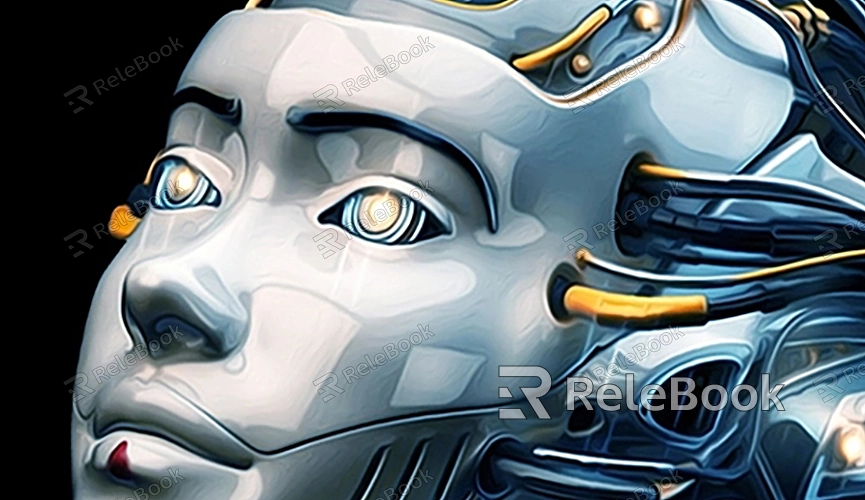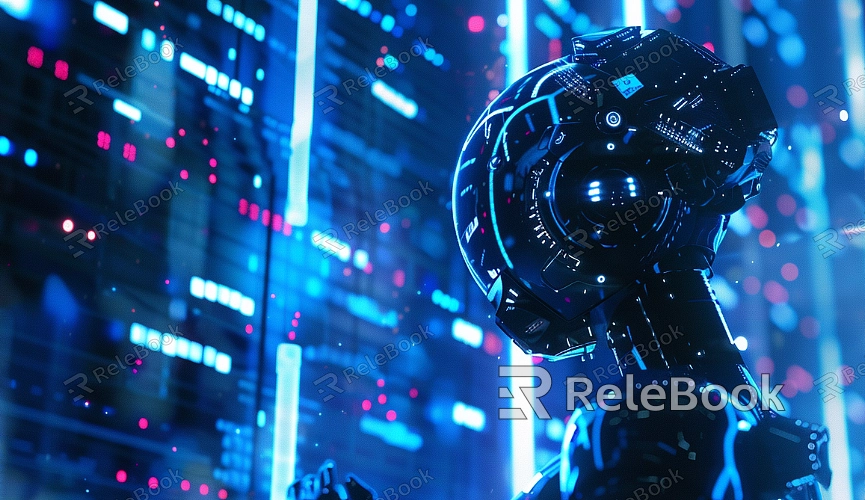How to Assign Textures to a 3D Model
Textures play a crucial role in defining the appearance of a 3D model's surface. From the skin of a game character to the bricks on a building, applying textures effectively can significantly enhance the realism and quality of your work. Popular 3D software like Blender, Maya, and 3ds Max offers a range of tools to simplify this process. This guide breaks down the key steps, from preparing your resources to optimizing the final output.

1. Identify the Required Texture Resources
Before assigning textures, it's essential to select and prepare the right resources.
Define Your Requirements
Ensure the textures align with the needs of your project. For instance, game assets require optimized textures, while high-resolution renders benefit from detailed, high-quality images.
Choose the Right File Format
Common formats like PNG and JPEG are widely used, with PNG being ideal for its transparency support. Depending on your project, select textures in resolutions such as 2K, 4K, or higher.
Explore Resource Platforms
If you're unsure where to source textures, platforms like Relebook offer a vast selection, including diffuse maps, normal maps, and metallic maps, suitable for various scenarios.
2. Prepare the UV Mapping for Your Model
Proper UV mapping ensures textures wrap around the model accurately.
Understand UV Mapping
UV mapping unfolds a 3D model’s surface into a 2D layout, allowing textures to be applied precisely. Incorrect mapping can result in stretching or misaligned textures.
Choose Automatic or Manual Unwrapping
Tools like Blender’s UV unwrap menu (accessible via the U key) provide options for automatic unwrapping, while complex models may require manual adjustments for optimal results.
3. Create Materials and Load Textures
Assigning textures to a model involves creating materials and integrating texture maps.
Set Up a New Material
In the material settings panel, create a new material. This provides a base to modify and customize texture properties.
Import Texture Files
Load textures into the software (e.g., via an Image Texture node in Blender) and connect them to material inputs such as Base Color, Normal, or Roughness.
4. Adjust Texture Mapping
The mapping method determines how textures are applied to the model surface.
Use UV Mapping
To ensure the texture aligns with the model’s UV layout, use a Texture Coordinate node set to UV mapping.
Modify Scale and Position
Adjust the texture's scale, rotation, and position with tools like the Mapping node to achieve the desired visual effect.

5. Enhance with Normal and Bump Maps
Normal and bump maps add intricate surface details, enhancing the realism of your model.
Add a Normal Map
Load a normal map into the Image Texture node and connect it through a Normal Map node to the material's Normal input.
Fine-Tune Bump Effects
Modify the intensity of the Normal Map node to control the depth and prominence of surface details, ensuring a natural appearance.
6. Refine Material Properties
Adjusting material parameters is essential for achieving a lifelike look.
Control Roughness and Glossiness
Tweak Roughness and Specular values to set the model's reflectivity. For example, glass requires low roughness, while matte surfaces like wood need higher values.
Set Metallic Properties
For metallic finishes, increase the Metallic parameter to 1 and adjust the Base Color to reflect the desired material characteristics.
7. Preview and Test Texture Application
Testing the texture application in real-time allows for quick problem detection and adjustments.
Evaluate Under Different Lighting
Use real-time rendering to observe how the texture interacts with various lighting conditions, making adjustments as needed.
Resolve Texture Issues
If distortions or mismatches occur, revisit UV mapping or refine the texture’s scaling and alignment.
By following these steps, you can efficiently assign textures to your 3D models and elevate their visual appeal. Whether you're a beginner exploring the basics or a seasoned artist perfecting your craft, these techniques will help you achieve stunning results. For high-quality texture resources and creative inspiration, visit Relebook and discover a treasure trove of tools to power your next project.

